
Global Underwater Hub: MoD Must Engage With UK Subsea Industry to Bolster Defense Assets
The Ministry of Defence (MoD) must engage with the UK’s underwater sector to ensure the country is prepared for a potentially “existential” attack on national subsea infrastructure, says Global Underwater Hub (GUH), the leading trade and industry body for the country’s USD$12.24 billion (£9 billion) subsea sector.The call comes following the publication of the UK government’s 2025 Strategic Defence Review. GUH says that the MoD’s outdated procurement mechanisms are being outrun by the rapidly evolving nature of threats facing the country.“Instead of
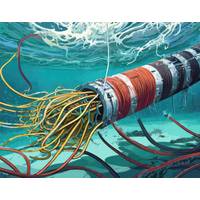
Baltic Sea Subsea Damage may have Occurred in January
by civilian ships dragging their anchors.Operator Cinia said in an emailed statement on Monday that it believed the damage of the C-Lion1 had occurred on January 26 at 0237 a.m. Finnish time (0037 GMT) and that the cause was still unknown.The time closely coincides with that of an outage of a nearby subsea fibre optic cable linking Sweden and Latvia, which was reported at the time.A Swedish prosecutor said on February 3 he had concluded that a Maltese-flagged bulk carrier, the Vezhen, had ruptured the cable linking Sweden and Latvia with its anchor, but that it had been an accident and not sabotage
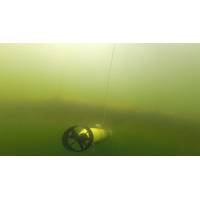
Europe’s Seafood Farmers Get Boost from AI Research
Underwater drones adapted to cold Nordic waters, and sensors that listen to the sounds of fish eating. These are some of the AI solutions that could give European sea farmers a boost to compete globally. Researcher Fredrik Gröndahl explains how maching learning is being developed to take on operational challenges and reduce costs in aquaculture, particularly in inaccessible waters far offshore.In the global seafood market, European aquaculture could expect a boost from AI solutions developed by researchers at KTH Royal Institute of Technology in Stockholm.At the Blue Food research center, KTH
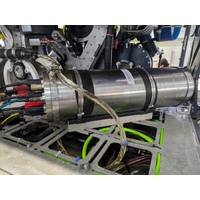
Connectors Facilitate Camera System for BBC Underwater TV Series
Teledyne Impulse-PDM supplied its Omicron optical fiber connectors to BBC Studios for use in its upcoming underwater natural history series, set to air in 2026. Filming required custom-built camera technology designed to capture extraordinary marine footage from the depths of the Arctic, facilitated by the Rev Ocean’s Aurora ROV.To capture groundbreaking underwater content BBC Studios and Marine Imagine Technologies designed a deep ocean-rated camera system integrated with a telemetry bottle, the central hub for communications on the submersible. However, during the Arctic expedition
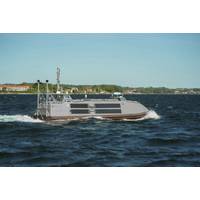
New Autonomous Subsea Survey System
A new partnership between EIVA and Tuco Marine is geared to provide integrated autonomous systems for inspecting subsea assets, such as cables transporting renewable energy.EIVA, a developer of software and equipment for surveying below the water’s surface and Tuco Marine, producers of unmanned surface vessels (USVs) have announced they are now working together to provide an integrated system solution.The ProZero 8m Naval Intelligence USV by Tuco Marine sails to an area of interest and launches the remotely operated towed vehicle (ROTV) ViperFish by EIVA. ViperFish is a sensor platform for
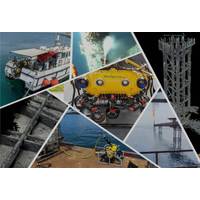
Tech in Focus: MiniSpector's Mini-ROV System
MCS Group’s 10 MiniSpector Mini-ROV systems successfully completed subsea inspection and survey projects across Southeast Asia, the Middle East, and North Africa in 2024.In 2024, the MiniSpector fleet carried out platform-based inspections on 19 platforms, deployed directly from platform facilities in Malaysia, Egypt, and Qatar, with inspections in Qatar focusing on flare platforms without requiring shutdowns.Showcasing its innovative capabilities, the MiniSpector completed a 40-day high-pressure water jet cleaning project in the Red Sea for a major Middle Eastern client.Operating at 1200 bar
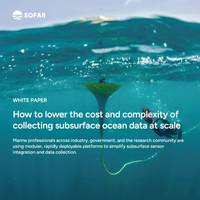
Offshore White Paper: Lower the Cost and Complexity of Collecting Subsea Data
Collecting subsea data is logistically complex. Traditional platforms come with high costs, challenging deployments, and constant maintenance, making it difficult for onsite engineers to access the offshore data they need to operate safely & efficiently.Sofar Ocean’s new white paper reveals how their Spotter Platform simplifies subsea data collection by:Significantly lowering the total cost of ownership for an offshore platform that collects real-time surface and subsurface data (waves, currents, acoustics, temperature, etc.).Streamlining deployment of modular configurations that adapt to
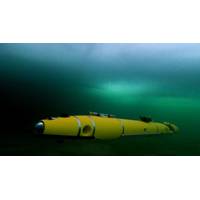
SeaMe Project to Leverage AUVs, AI to 'Stand Watch' in Offshore Wind Farms
In the Sustainable Ecosystem Approach in Monitoring the Marine Environment (SeaMe) project, RWE is collaborating with research partners to develop technologies for comprehensive ecosystem monitoring. The German Research Center for Artificial Intelligence (DFKI) is contributing by equipping an autonomous underwater vehicle with oceanographic sensors and artificial intelligence technologies to enable safe navigation and precise data collection.With the SeaMe project, RWE aims to gain a comprehensive understanding of the interactions between offshore wind farms and the local ecosystem. To this

Struggles to Secure Baltic Sea Dominates NATO's 'Freezing Winds '24'
On Nov. 18, hours after two communication cables were severed in the Baltic Sea, 30 NATO vessels and 4,000 military staff took to the same body of water for one of northern Europe's largest naval exercises.The 12-day 'Freezing Winds' drill was part of a push to step up the transatlantic defence alliance's protection of infrastructure in waters that carry 15% of global shipping traffic and are seen as increasingly vulnerable to attack.The Baltic Sea is bordered by eight NATO countries and Russia. There have been at least three incidents of possible sabotage to the 40-odd telecommunication
 December 2025
December 2025





